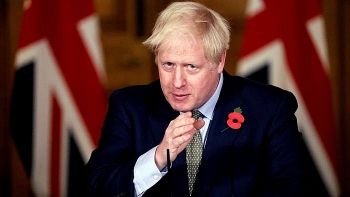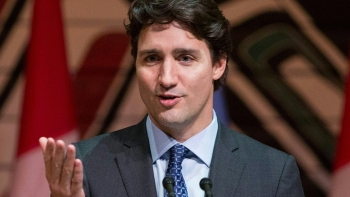Who is Sir Robert Walpole - the First Prime Minister of Britain
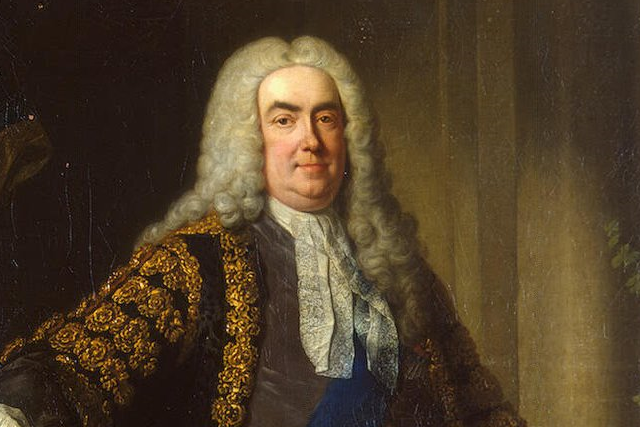 |
| Photo: History.blog.gov.uk |
Who is the first British prime minister?
Robert Walpole, 1st earl of Orford, also called (1725–42) Sir Robert Walpole, (born August 26, 1676, Houghton Hall, Norfolk, England—died March 18, 1745, London), British statesman (in power 1721–42), generally regarded as the first British prime minister. He deliberately cultivated a frank, hearty manner, but his political subtlety has scarcely been equaled, Britanica reported.
Sir Robert Walpole - Profile and Biography
Early Days
On 26th August 1676 Sir Robert Walpole was born, a man who would become not only Britain’s first prime minister, but also the longest serving Prime Minister in British history.
Walpole was born in Houghton, Norfolk, the son of Robert Walpole senior, a Whig politician who served in the House of Commons, and his wife, Mary Walpole, a member of the gentry, daughter of Sir Geoffrey Burwell of Rougham. He came from a high ranking, important family with political links that would prove vital for his future career.
The young Robert Walpole attended a private school in Norfolk and in 1690 entered the esteemed Eton College where he gained an excellent academic reputation. With his impressive scholarly credentials, he made the natural progression to King’s College Cambridge, with the intention of becoming a clergyman, according to Historic-uk.
Career Path Sir Robert Walpole
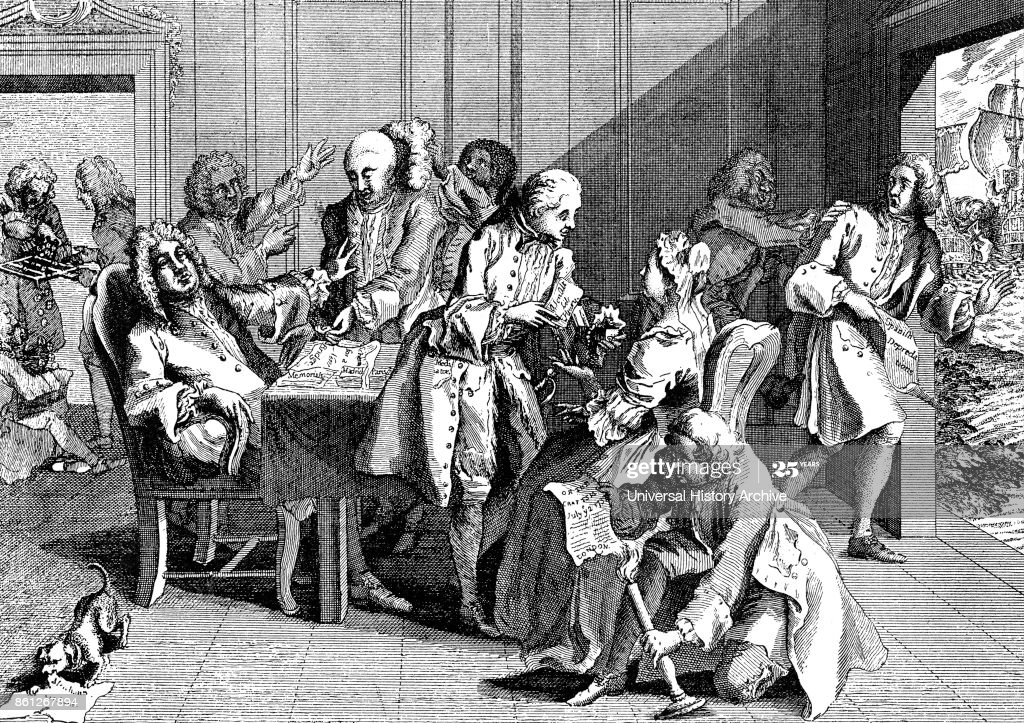 |
| Photo: Gettyimages.no |
In 1701 he became the Whig member of Parliament for Castle Rising, Norfolk. He proved himself an excellent speaker, and rose rapidly within the party.
In 1709, he was made a member of the Admiralty Board, Secretary of War and Treasurer of the Navy.
In 1712, although he did suffer a setback, when the ruling Tories had Walpole tried for accepting an illegal payment as Secretary of War. Found guilty, he spent six months imprisoned in the Tower of London. However, when the Whigs regained power, Walpole quickly rose to the positions of First Lord of the Treasury and Chancellor of the Exchequer.
In 1717, Walpole resigned amid party infighting, splitting the Whigs in Parliament.
In 1720, but returned to the government as Paymaster General. Appointed as Chancellor of the Exchequer and First Lord of the Treasury for a second time, Walpole's powers as prime minister date from this point. Walpole was quickly successful, neutralising dangerous opponents, reducing the national debt and stabilising prices and wages. His influence stemmed from his popularity with both the King and the people. Although he probably also effectively used bribery and corruption to retain power.
In 1727, after George I's death, Walpole was supposed to have been replaced by King George II's favourite, Spencer Compton. Walpole managed to show due sycophancy to the new King who reappoointed him as PM once more. It was at this time that 10, Downing Street was given permanently to the office by the King.
In 1739 Walpole's poor performance in a war against Spain reduced confidence in his ability to carry out his duties.
In 1741, a disappointing general election made his position even more precarious.
In 1742, Walpole was forced to resign as prime minister, and was elevated to the House of Lords. An enquiry was launched into the distribution of secret service money under his premiership, alleging corruption but the matter was never resolved, Britishempire.co.uk added.
Contribution
| Walpole’s most remarkable contribution came as the Prime Minister of Great Britain from 1721 to 1742. He was the first and till date the longest serving Prime Minister of the country. His two decades long tenure witnessed Britai’sn rise and shine. He helped the country sail through the troubled financial phase following South Sea Bubble collapse. He lowered tax, increased exports, established peace and helped maintain an effective relationship between the Crown and the Parliament. |
Private Life Sir Robert Walpole
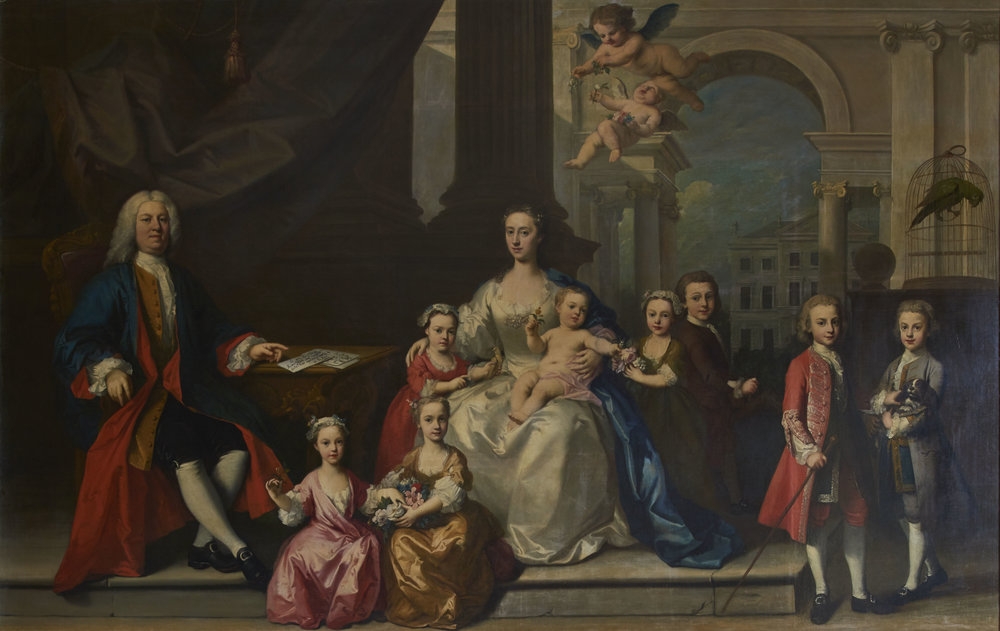 |
| Photo: Woltertonpark.co.uk |
Walpole married Catherine on July 30, 1700. The couple was blessed with two daughters and three sons. Catherine died on August 20, 1737.
Before the death of his first wife, Walpole became romantically involved with Maria Skerrett. He married her by March 1738. The two had a daughter who following their marriage became his legitimate child.
By 1744, Walpole’s health rapidly deteriorated. He breathed his last on March 18, 1745. He was buried in the parish church of his home estate in Houghton, Norfolk, Thefamouspeople noted.
Legacy Sir Robert Walpole
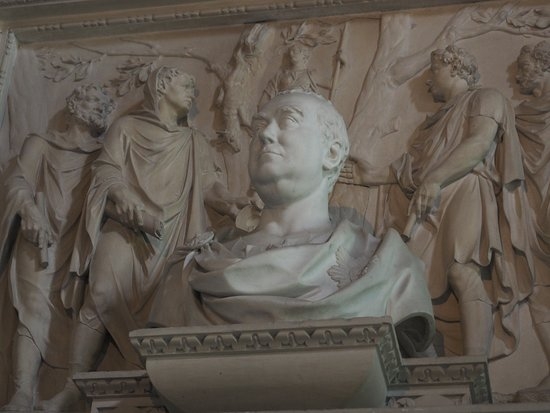 |
| Photo: Tripadvisor.com |
Following his death, several streets, roads, towns have been named after him. He also has an island named after him on the border between Ontario and Michigan.
The nursery rhyme, ‘Who killed Cock Robin’ is mostly attributed to the fall of Walpole as he was popularly known by the nickname Cock Robin.
His house at 10 Downing Street was a gift from King George II. However, instead of using it as a personal gift, Walpole turned it into an official residence. The house has, since then, become the official residence of the Prime Minister of Britain.
*If you find the abovementioned information Sir Robert Walpole the First Prime Minister of Britain effective and useful for your use, don't hesitate to share it widely, many thanks from Knowinsider!

